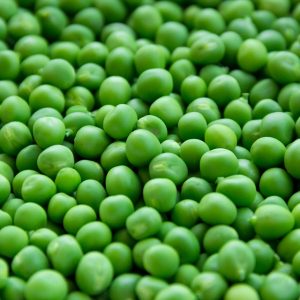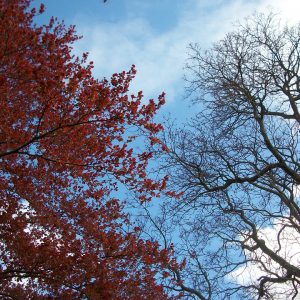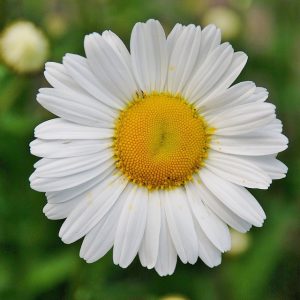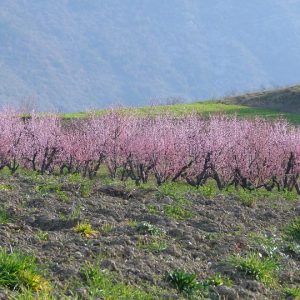E-Learning Structure
The duration of this online course is 100 hours. This consists of 8 in-depth lessons:
- Identification, Taxonomy, Resources
- Growing And Propagating Medicinal Herbs
- History Of Medicinal Herbs
- Main Medicinal Herbs
- Herbal Remedies
- Preparing Herbal Remedies. Infusions, decoctions, poultices, etc
- Poisonous Plants (including herbs)
- Special Assignment On One Major Medicinal Herb Group
Course Aims
- Define the term “medicinal herb” according to both horticultural and naturopathic meanings.
- Compile a resource file of different sources of information regarding medicinal herbs.
- Distinguish between different plant families which common medicinal herbs belong to.
- Prepare a plant collection of different medicinal herb varieties.
- List different medicinal herbs which were often used more than one hundred years ago, but are no longer commonly used.
- Identify modern trends in the use of herbs in medicines in your country.
- Discuss the role of home remedies in modern society.
- Discuss the role of the naturopath in modern society.
- Summarise the history of medicinal herbs since early civilisation, to modern times.
- Explain the characteristics of different types of chemicals found in medicinal herbs.
- Write brief definitions to explain the mode of action of different herbal medicines.
- Write an essay describing the chemical actions which different herbs have upon the human body.
- Explain various factors which can influence the effectiveness of active constituents of a herb.
- List herbal remedies derived from different commonly grown herbs.
- Identify the morphological parts of different herbs which are used medicinally.
- Explain thoroughly how to prepare different types of simple medicines, including a: *Poultice *Infusion *Decoction *Tincture.
- Develop a list of safety procedures to follow when preparing a given herbal medicine.
- Explain methods to administer six different herbal medicines which are safe and appropriate for an unskilled person to make and use at home. (ie. medicines which do not have any dangerous risks if prepared or administered incorrectly).
- Describe, in summaries, twelve commonly occurring plants which contain poisonous substances, including: *names (botanical and common) *dangerous parts of the plant *poisonous substances *mode of action of poison *remedy (if any).
- List herbs that should never be taken internally.
- List herbs which should never be used by pregnant women.
- List herbs which should never be used by children.
- Describe specific examples, precautions when dealing with unknown herb materials.
- Develop guidelines for the culture of a specified variety of medicinal herb.
- Explain natural pest and disease control methods for five medicinal herb varieties.
- Prepare a sample of soil suitable for growing a specified herb variety in the open ground.
- Demonstrate propagation techniques for different medicinal herbs.
- Produce container plants of different medicinal herbs, propagating and growing on the plants to a marketable stage and condition.
- Record the development of medicinal herbs in a log including a summary of the condition of the plant, growth, and cultural practices carried out.
- Develop a list of criteria for selecting the most commercially viable variety of a nominated medicinal herb species available.
- List thirty different varieties of a medicinal herb species which are readily available for purchase as “reliable” seed or tubestock.
- Compare different varieties of nominated medicinal herb species to determine a commercially viable variety to grow in your locality.
- List tasks to be undertaken in the production of a selected medicinal herb variety, including: *soil preparation *planting *growing practices *harvest and post harvest.
- Write a production schedule for a medicinal herb variety which designates tasks to be undertaken systematically at each stage of crop development.
- Explain the facilities which would be required to produce a specified commercial medicinal herb crop, including: *equipment *materials *land.
- Estimate the cost of producing a specified medicinal herb crop, itemising the cost components into categories.
How Does A Warnborough Online Course Work?
You can start the course whenever is convenient for you. You will be studying from home and have access to support from our qualified tutors. Practical exercises and research tasks will be set at the end of each lesson – including an assignment. You will submit this assignment to your course tutor, who will mark your work and give you constructive feedback and suggestions.
If you have any questions please contact us.





